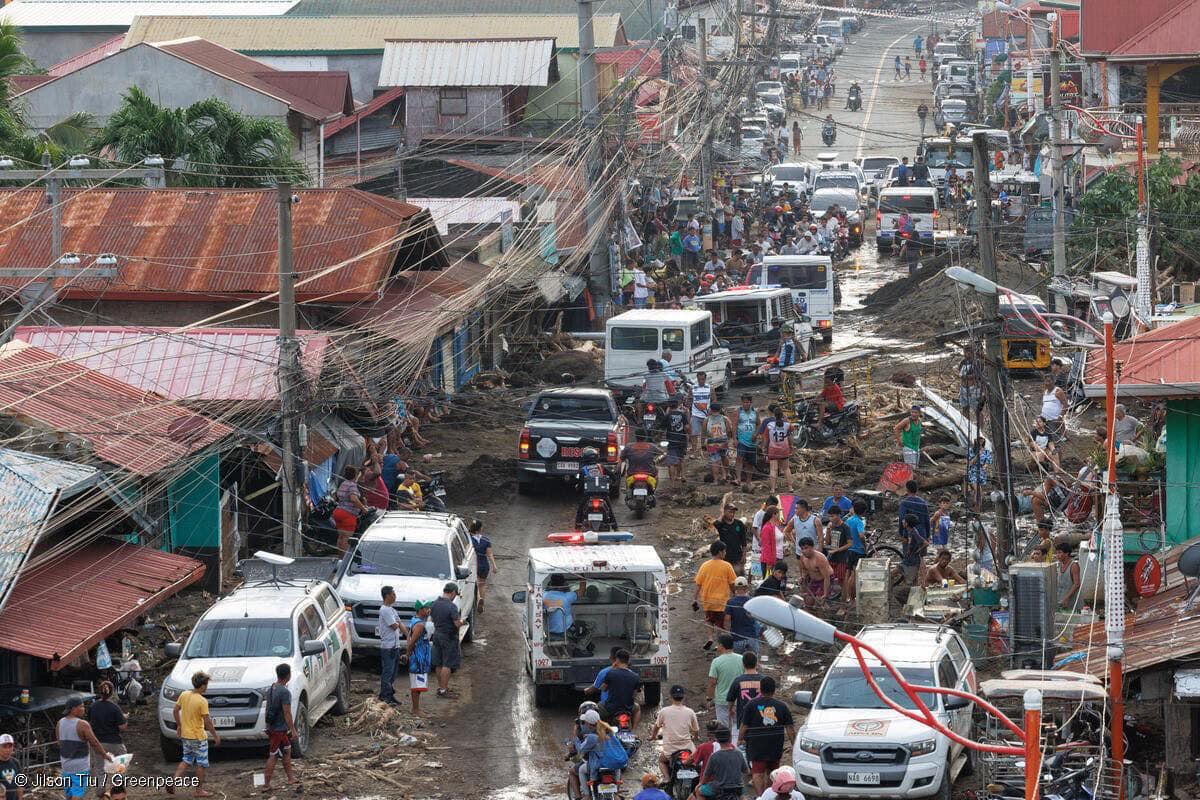
To improve the country’s educational system, Malacañang on Thursday, December 5, said that the Filipino students’ poor reading comprehension is a “reality”that must be recognized.
Filipino students ranked last in a global survey of reading comprehension conducted by the Program for International Student Assessment (PISA) of the Organization for Economic Cooperation and Development (OECD).
In the survey, the students got a rating of 340 points, which is lower than the average 487 points.
The Palace views the abysmal result “constructively.”
“[O]ur government’s joining in this assessment program signifies that this administration is unafraid to open the eyes of the Filipino people to the reality in order for us to ascertain what steps to undertake so we can perform better in the aspect of education,” presidential spokesperson Salvador Panelo said.
Panelo noted that the Philippines joined the assessment as part of President Rodrigo Duterte’s Quality Basic Education Reform Plan, adding that the government is working to address gaps in the education sector.
“Our education officials are on the right track as we address the issues and gaps in the basic education sector. These include a continuing review of the K to 12 program, improving our students’ learning facilities and retooling the knowledge and skills of our teachers,” he said.
Over 600,000 students around the age of 15 from 79 different countries joined PISA’s reading assessment in 2018. In the Philippines, majority of Filipinos who took part in the assessment are in Grade 9.






